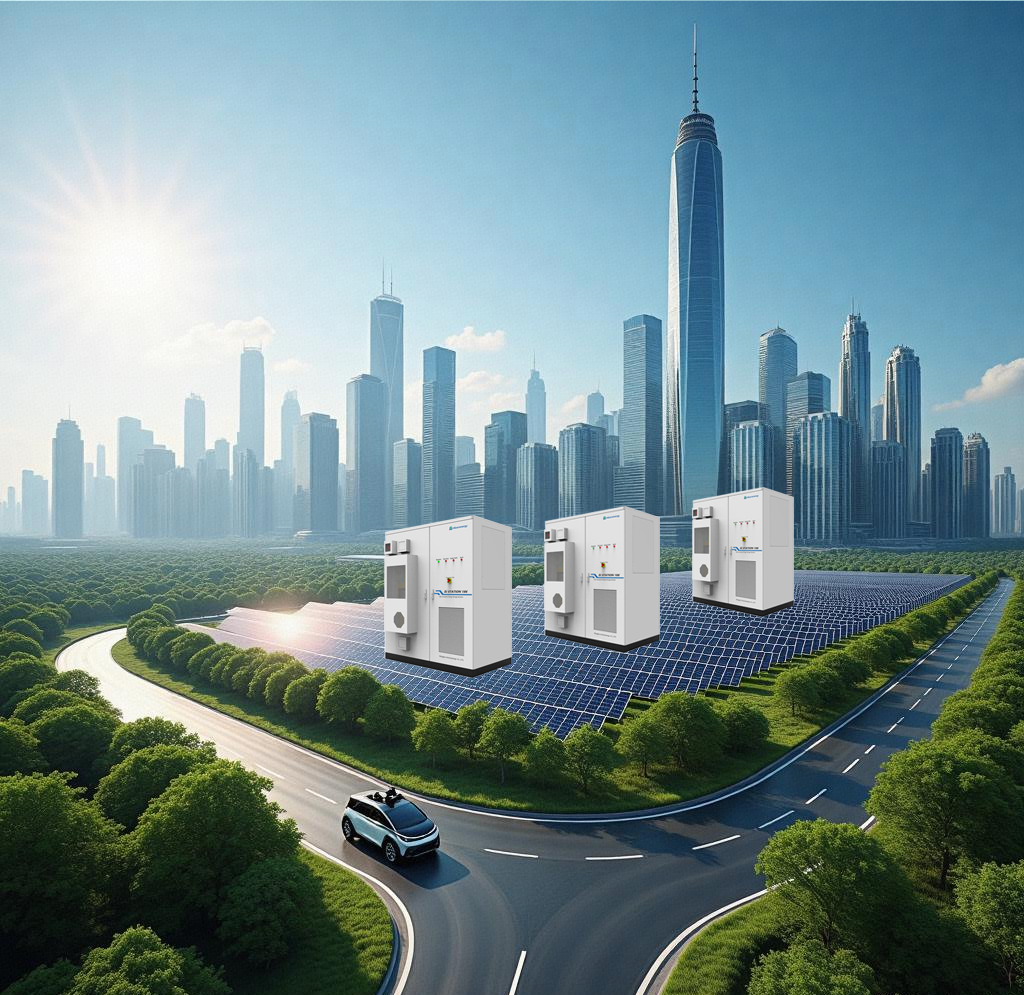As businesses navigate the complexities of modern energy markets, the need for reliable and efficient power management has never been greater. For many, commercial energy storage solutions represent a pivotal technology, offering a pathway to reduced costs, enhanced grid independence, and a smaller carbon footprint. These systems are not just for large-scale industrial giants; they provide tangible benefits for a wide range of enterprises, fundamentally changing how companies consume and manage electricity.
Understanding Battery Storage for Businesses
At its core, battery storage for businesses involves capturing electricity from the grid or from on-site renewable sources, like solar panels, and storing it for later use. For commercial enterprises such as office buildings, retail centers, and hotels, the primary drivers are often economic. These systems excel at 'peak shaving,' which is the practice of drawing from the battery during times of high electricity demand when utility rates are most expensive. This significantly reduces demand charges, which can constitute a large portion of a commercial energy bill. Furthermore, they provide invaluable backup power, ensuring that critical operations like lighting, servers, and security systems remain active during a grid outage, preventing data loss and operational downtime.
Exploring Industrial Energy Storage Systems
While conceptually similar, industrial energy storage systems operate on a much grander scale and serve more intensive applications. Think of large manufacturing plants, processing facilities, and data centers where energy is not just a utility cost but a critical component of production. These systems are designed for high power output and massive capacity, often measured in megawatt-hours (MWh). Their role extends beyond simple cost savings to ensuring process continuity for heavy machinery and sensitive equipment. An unexpected power loss in an industrial setting can lead to catastrophic equipment damage and millions in lost revenue. Therefore, industrial systems are engineered for extreme reliability, seamless integration with complex plant control systems, and often participate in grid services like frequency regulation to provide an additional revenue stream.
Key Differences: Scale, Application, and Complexity
A direct comparison reveals distinct differences tailored to specific needs. The most obvious is scale; commercial systems might range from tens to hundreds of kilowatt-hours (kWh), whereas industrial energy storage systems often start in the megawatt-hour range. Their applications also diverge. A commercial system focuses on managing building loads and optimizing utility bills. An industrial system is a strategic asset for production continuity, large-scale peak demand management, and power quality control. This leads to greater technical complexity in industrial solutions, which require sophisticated thermal management, advanced control software, and deep integration with existing operational technology.
A Versatile Solution for Modern Demands
Bridging the gap between various business needs is where innovative products shine. TheSI Station 230from Hicornergy is a prime example of a versatileC&I (Commercial and Industrial)solution designed for optimal reliability and efficiency. Its robust design features an intuitive interface with clear indicators for power, operation, and faults, alongside a prominent emergency stop for enhanced safety. With features like efficient ventilation for thermal management and secure, easy-access panels for maintenance, the SI Station 230 is built for demanding environments. Its scalability ensures it can grow with a business's energy demands, making it an ideal partner for enterprises aiming for sustainability, cost-efficiency, and uninterrupted power, whether in a commercial or light industrial setting.







